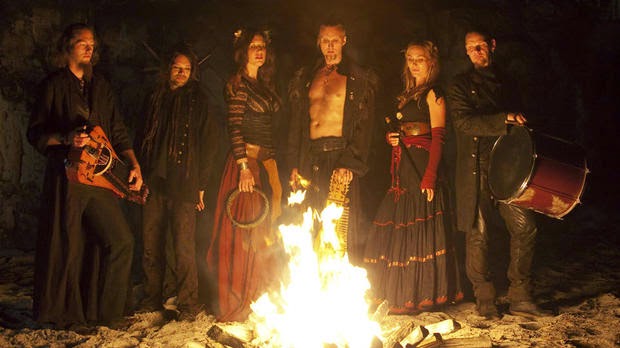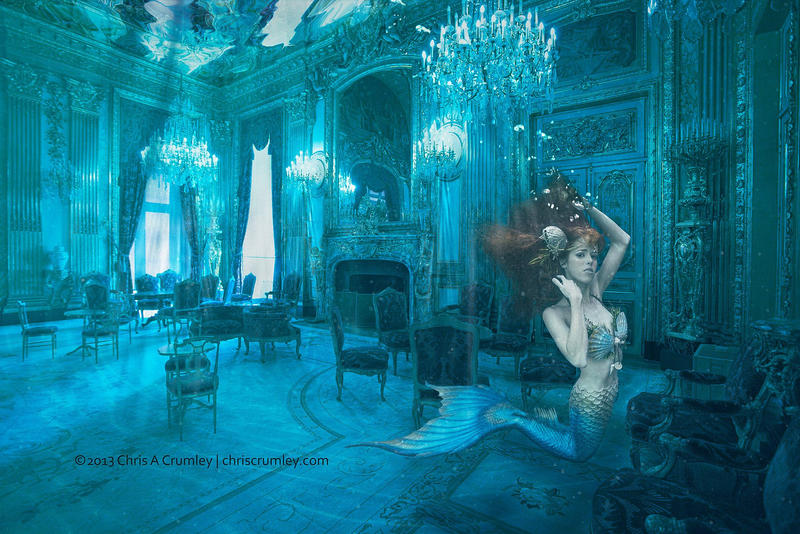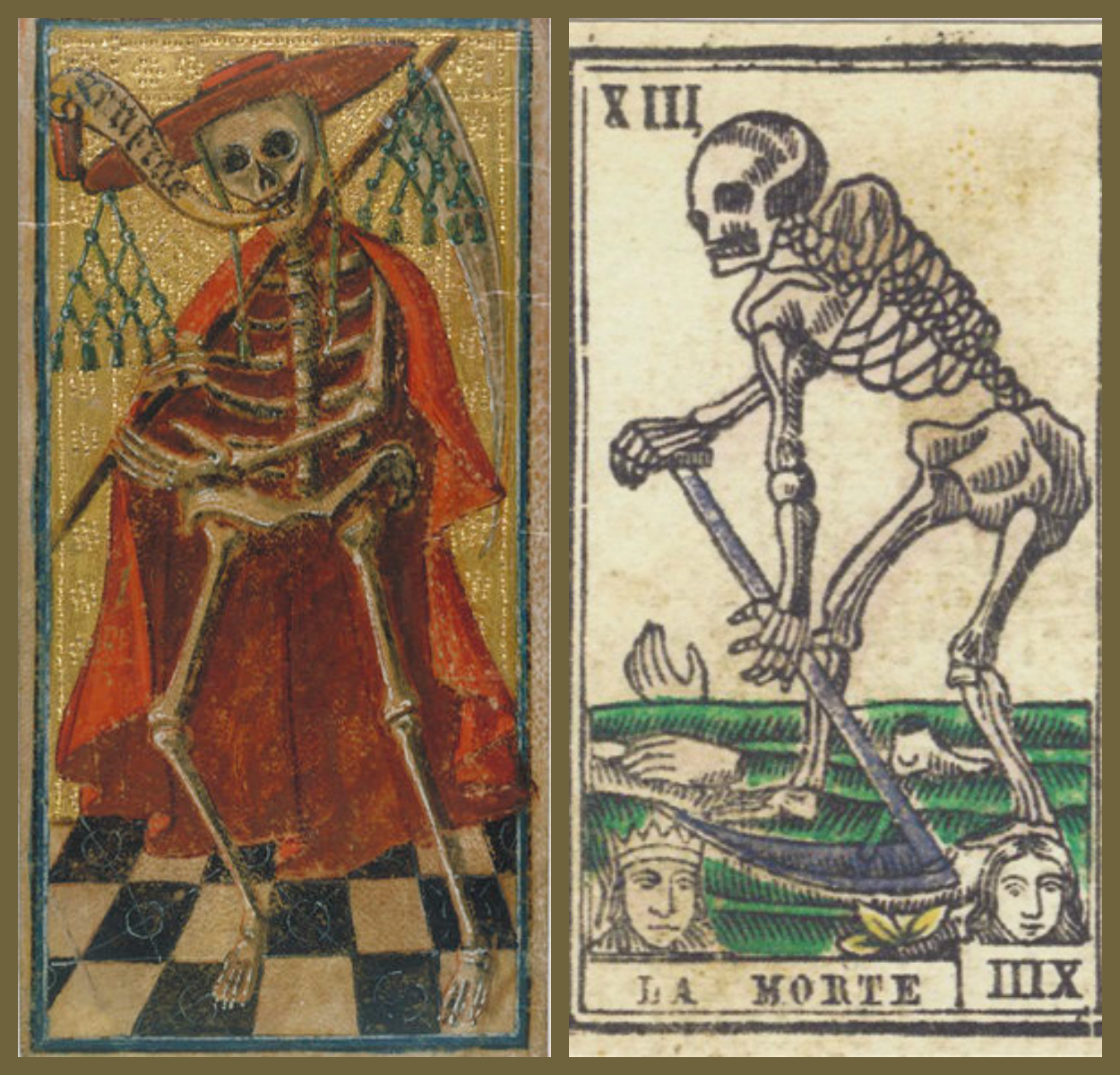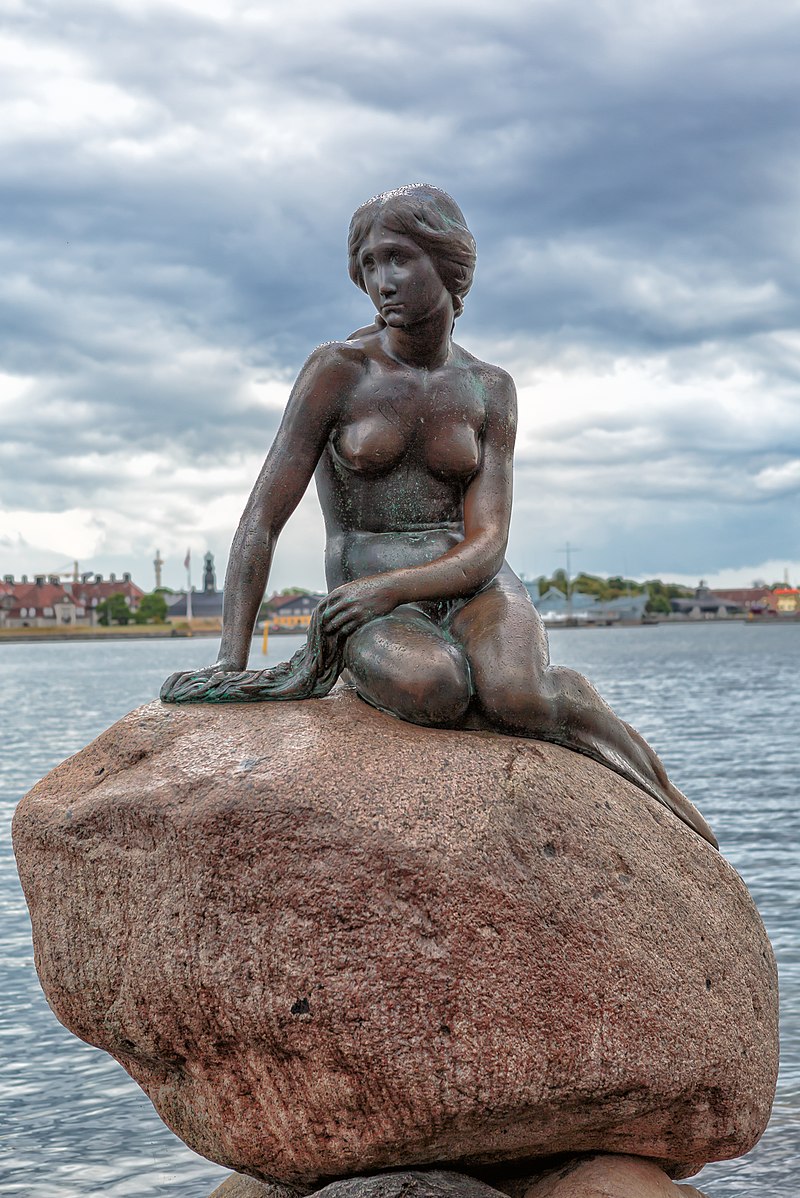
All eyes will be on St. George’s Chapel at Windsor Castle next Saturday, May 19, 2018 as Prince Harry ties the knot with his American princess, Meghan Markle.
The event has been dubbed the ‘wedding of the century’ – much in the same way the wedding of Harry’s parents, Prince Charles and Lady Diana Spencer back in 1981 was the ‘wedding of the (20th) century’. These nuptials, however, are filled with controversy.

In case you have been living under a rock, or missing the News, I will fill you in on the juicy details.
Former bad boy and beloved troublemaker Prince Harry – AKA Henry Charles Albert David Windsor, Prince of Wales – announced his engagement to American actress Meghan Markle on November 27, 2017. Harry’s former outrageous antics include underage drinking, pot smoking, dressing as a Nazi for a costume party, and being photographed naked after he lost at a game of ‘strip billiards’ in Las Vegas.
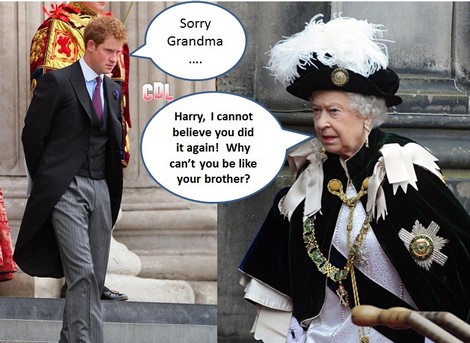
But now!
In making Meghan his bride, Harry the rebel is breaking with tradition, big time!
First of all, Meghan is an ‘older woman’. (Only by three years. But still.) Second of all, Meghan is a divorcee. (Not such a big deal, considering Harry’s father is also a divorcee who married a divorcee.) Meghan was an actress. (Gasp! Luckily she quit that scandalous profession.) She is an American, she is of mixed race and a commoner.
Meghan is not the first American commoner to enter the Royal Family. Before her there was Wallis Simpson, who in 1936 famously caused Kind Edward VIII to abdicate his throne in order to marry her. (Read more about Wallis Simpson HERE.)
Neither is Meghan the first woman of mixed race. Before her there was Queen Charlotte of Mecklenburg-Strelitz, who married King George III in 1761. Charlotte was a direct descendant of Margarita de Castro y Sousa, a black branch of the Portuguese Royal House. Harry is also a descendant of Queen Charlotte, so technically Harry is part black too. Albeit some 250 years past. (Read more about Queen Charlotte HERE.)
Perhaps the most controversial thing about Meghan is that she was raised Catholic. Prior to 2015, the law would have forbidden Harry from marrying outside the Anglican Church. The new law declared that the reigning monarch would be considered ‘defender of the faiths’ rather that ‘defender of The Faith’ (meaning only the Anglican Faith). Hence Catholicism is sort of okay. Although Henry VIII is perhaps turning in his grave. Read on.

Some people are welcoming this new, 21st century style marriage with open arms, while others have condemned it. And yet! There is one more, less talked about ‘controversy’ that everyone seems to be ignoring, except those of us who are (like me!) rabid Tudor fans.
The glaring elephant in the room here is… NOT Meghan’s background. Consider this: The royal wedding will occur on PRECISELY THE SAME DATE that QUEEN ANNE BOLEYN was BEHEADED AT THE TOWER OF LONDON!!
Cue eerie organ music.
What were they thinking? This is surely bad luck. The ghost of Anne has been known to haunt various locales in and around London. These include:
- Hever Castle, her childhood home
- Blickling Hall, her alleged birthplace
- The Tower of London, where she was executed
- Windsor Castle, where Anne and Henry resided during their marriage
Was it unwise of Harry and Meghan to choose this ominous date? Are they stealing Anne’s thunder in doing so? Will there be consequences?
Maybe not. After all, Anne, like Meghan, was a bit of an ‘outsider’ herself when she decided to wed the still married King Henry.
Anne Boleyn became a lady in waiting in the court of Henry’s wife, Queen Catherine of Aragon, in 1521. Henry was anxious that Catherine (also an ‘older woman’ being six years Henry’s senior) was unable to bear him a son. By 1527 Henry was questioning the validity of his marriage and set his sights on the younger and presumably more fertile Anne.

Henry begged Catherine for a divorce. She said no way. Henry began a relationship with Anne, flaunting her in public and taking her on various outings. In the meantime he started bugging his religious people, Cardinal Wolsey in particular, to figure out a way that he could get a ‘legal’ divorce from Catherine. Wolsey petitioned the Pope. The Pope said no way. England was a Catholic county, divorce was impossible.
Henry and Anne got married anyway, in a secret ceremony which took place on November 14, 1532. Henry was of course, still married to Catherine.
Anne soon became pregnant. There was a second wedding service, which took place in London on January 25, 1533. Henry was of course, still married to Catherine. Eventually Henry decided to break from the Catholic Church and create his own church where he was essentially the Pope.
And you thought Prince Harry was controversial?
To make a long story short, Anne gave birth to a daughter Elizabeth, but ultimately failed to give Henry a son. So… Henry needed to get out of that marriage too. He got his legal counsel to nail Anne and several men on charges of adultery/ treason. These so-called adulterers even included Anne’s brother George Boleyn. All were arrested, taken to the Tower and executed. Anne was the last to die, thus leaving her to witness the long line of bloodbaths. She was beheaded on May 19, 1536.
But the restless spirit of Anne is far from dead. According to eye witness accounts, Anne has been known to haunt the Tower of London.

In one story, a Captain of the Tower Guard claimed he saw a light flickering in the Royal Chapel one night. The chapel was locked, so the Captain tried to find the source of the light by climbing up a ladder and looking inside. He then saw a wondrous sight; a procession of Knights and Ladies dressed in ancient costumes were parading around the chapel. Their leader, he claimed, resembled Anne Boleyn from the portraits he had seen. The procession soon disappeared.

In 1864, a soldier, on duty near the Lieutenant’s lodgings, made another sighting of Anne’s ghost. He claimed to have seen an intruder, the pale figure of a woman. He confronted her but when she refused to respond he plunged his bayonet into what he thought was her flesh.

To his complete shock, the weapon went straight through her. There was another witness to this event; an officer stationed in the Bloody Tower claimed to have seen the whole incident from his window and verified the soldier’s story.
Blickling Hall in Norfolk is believed by many historians to be Anne’s birthplace. Each year on May 19th, Anne is said to return to Blickling Hall in a carriage drawn by six headless horses and driven by a headless coachman. The carriage gallops up the driveway to reveal a headless Anne sitting inside. She is dressed in white and holds her severed head in her lap.
When the carriage reaches the front doors, Anne goes inside where she roams the halls until daybreak.
Also on May 19 Anne’s brother, George, has been seen being dragged across the countryside by four headless horses. His headless ghost then wanders around the grounds of the Blickling estate, pleading for justice.
Blickling Hall is also said to be haunted by their father, Sir Thomas Boleyn. (Sir Tom, it should be noted, dropped the ball on his own children, choosing not to come to their defense when they were accused of incest, adultery and treason. Instead he sided with Henry, mostly to save his own skin and stay in the King’s good favor.) Some say Thomas Boleyn is the driver of the coach that delivers Anne to Blickling Hall. After dropping Anne off at the front doors at midnight, Sir Thomas continues on. He is pursued by hoards of screaming demons who condemn him for his betrayal of his family. According to this legend, Sir Tom is forced, as his penance, to drive the spectral carriage over 12 bridges between Wroxham and Blickling for 1,000 years.
But Blickling Hall is safely far away. What about Windsor Castle, where the wedding of Harry and Meghan will actually take place?
Anne’s ghost has reportedly been seen standing at a window in the Dean’s Cloister of Windsor Castle. Henry VIII also haunts the castle — guests claim to have heard his footsteps echo along the corridors. Henry, who in life suffered ill health and a painful leg wound due to a jousting accident, has apparently brought these ailments with him to the afterlife. The ghost of Henry moans and groans as he miserably drags his ulcerated leg behind him through the hallways.
And that’s not all.
The ghost of Queen Elizabeth I haunts the Royal Library of Windsor Castle as well. Bess’ heels have been heard clicking along the floorboards in a steady gait. Her ghost then appears, passes through the library and disappears into an inner room.

Bess’ ghost has been seen standing at a window in the Dean’s Cloister, wearing a black dress with a black lace shawl. Since Anne has also been seen in the Dean’s Cloister, perhaps mother and daughter have reunited in the afterlife.
But all that is old history. Surely the date of Anne’s execution should have no bearing upon the date of this current wedding. Right?
It is interesting to note that Prince Harry is a descendant of Anne Boleyn. How so, you ask? Well…
It seems Queen Elizabeth II (Harry’s Grandma) is related to Anne Boleyn through the children of her sister, Mary. Mary Boleyn, we may recall, is famous for having an affair with King Henry before Anne came into the picture.
The Queen Mother (Harry’s Great Grandma) is descended from Catherine Carey, the daughter of Mary Boleyn.
Furthermore…
Catherine Carey was the mother of Lettice Knollys, the Countess of Essex. Lettice, who was Queen Bess’ cousin, was also her Lady in Waiting. Lettice made the great mistake of marrying Robert Dudley, Master of the Horse, who was Queen Bess’ favorite, and also rumored to be Bess’ lover.

And you thought Meghan Markle was controversial?
Needless to say, Bess disapproved of the marriage. Lettice was banished from court, never to return again. Bess, however, forgave Robert and restored his position.
But back to the blood line. Queen Elizabeth II, and hence Prince Harry, descend from the Boleyn line through Lettice Knollys. In further controversial news, a very high degree of probability exists that Mary Boleyn’s children, Catherine and Henry Carey, were the illegitimate children of Henry VIII. This is because Mary’s pregnancies coincided with the time she was having an affair with Henry.
Therefore: the current Queen of England can presumably claim descent from Henry VIII both through her patriarchal line (via Margaret Tudor who married James IV of Scotland) and through her matriarchal line by way of the Queen Mum.
Got that? Prince Harry descends from both the Boleyn and Tudor bloodlines. With all this haunting going on – perhaps it would have been wise for him to choose a less ominous day for his wedding…
Come what may, Meghan and Harry are very much in love, and they will be married next week. We wish them the best of luck!
What do you think of Meghan, Harry and the hauntings? Let me know in the comments below!


























